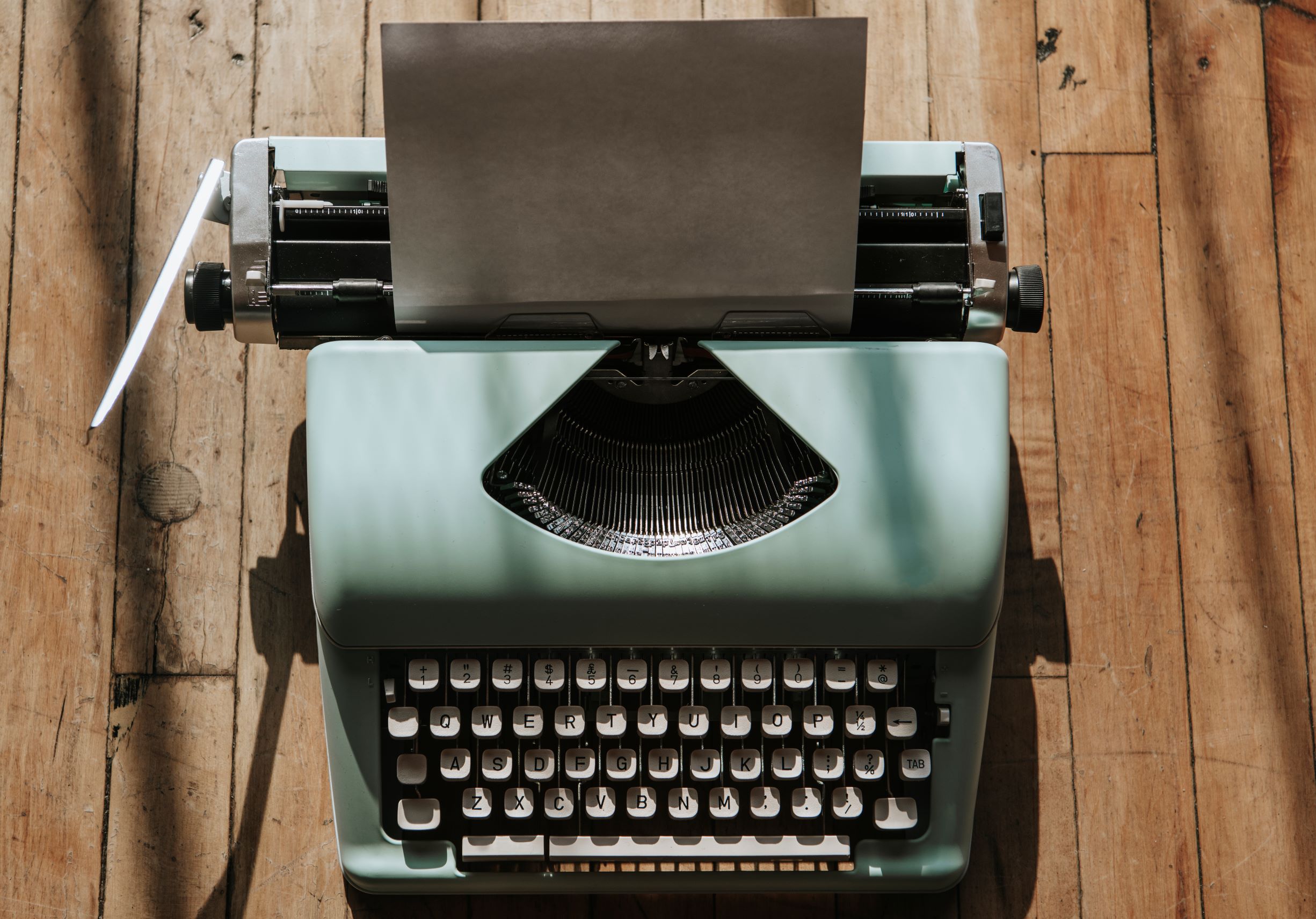So, I’m aware of the fact that I often seem to be advising writers not to write. But it only seems that way–all the things I encourage you to do as a writer will ultimately feed your writing, even if that means taking a break from writing so your subconscious brain can do its share of the work. Still writing.
Today, I want to share five ideas for writing that get you away from your computer screen and keyboard.
- Take a walk. Or listen to music. Or paint a picture. Or take some nature photographs. I give this kind of advice so often, you probably already guessed it, so I may as well list it first and get it out of the way. I used to be such a hard taskmaster when it came to my own writing. I didn’t give myself a chance to take advantage of all the subconscious writing tools my brain has to offer. And my writing suffered for it. My subconscious brain is much more creative than I am. These days, when I’m stuck, I don’t try to force it. I set the writing aside and take a walk. I’ve had great mentors in my life who’ve taught me that taking a walk or engaging in other creative endeavors or doing a mindless activity like washing the dishes is writing. Our brains need time to work out those plot twists and mind-blowing story endings, without the stress and pressure that stifles creativity. When I am working too hard and not taking breaks, I notice it now. The writing isn’t as good, and it doesn’t come as easily.
- Write the Old-Fashioned Way. Grab a notebook and a pencil and outline your novel or scene or story on paper. Do it away from your computer and your desk–sit in the comfy chair in your reading nook, or better yet, sit outside in the sunshine. This is a great way to brainstorm too. Not sure how your story is going to end? Brainstorm many possible endings in a stream-of-consciousness way. You may be surprised with the brilliant ideas that come out of nowhere. Not sure what your character wants? Write a character sketch. If you dare, start writing your story or novel by hand. In a 2020 study, professor Audrey van der Meer of the Norwegian University of Science and Technology found that “the brain … is much more active when writing by hand than when typing on a keyboard.” She writes that: “The use of pen and paper gives the brain more ‘hooks’ to hang your memories on. Writing by hand creates much more activity in the sensorimotor parts of the brain. A lot of senses are activated by pressing the pen on paper, seeing the letters you write and hearing the sound you make while writing.” (Why writing by hand makes kids smarter.) You might also consider printing out your keyboarded pages for reading or editing.
- Use Print Research Materials. Twyla Tharp suggests that artists have a box or some sort of container for each project they are working on. I love this idea and am just beginning to use it. This means that, instead of bookmarking all my research materials on the computer (although I’m doing that too), I’m printing some of the materials out so that I can read them in a more relaxed (and creatively productive) way, with a highlighter and a pen nearby. Then I toss them in the project box so they’re available when I need them. Depending on your research needs, consider visiting the library and checking out books to read for your research, instead of spending all that time on the internet which, for me, ultimately has me going down a rabbit hole that has nothing to do with what I’m working on.
- Try Dictating Your Work. Consider writing your book (or parts of it) by dictating the words into a recording device. Our ideas begin in our minds, and like handwriting, speaking them out loud has its benefits, especially for writing dialogue. It activates different parts of the brain, stimulates spontaneous thought and ideas, and increases creativity. Try dictating hands-free while driving a long distance, gardening, or doing chores around the house, then listen back later and see what you’ve come up with. Another idea: read your printed pages aloud, or better yet, record yourself reading them and then listen back.
- Use a Typewriter. Like handwriting, typing offers benefits the computer keyboard doesn’t. Author Natalie Goldberg advises that “[W]riting is really a physical activity.” In Writing Down the Bones, she writes, “I have found that when I am writing something emotional, I must write it the first time directly with hand on paper. Handwriting is more connected to the movement of the heart. Yet, when I tell stories, I go straight to the typewriter.” Many writers swear by the typewriter. John Mayer says it keeps him from editing himself when he’s writing a song. Sam Shepard says it’s more creatively satisfying, feeling the key hit the page and seeing the ink sink into the paper. I’ll go into more detail about typewriting next week.

